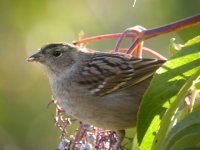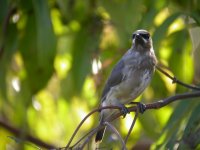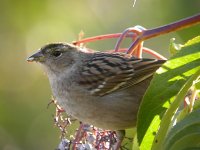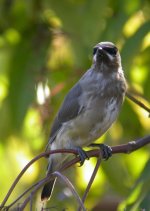chrisduval
Well-known member
Some of my first shots - I took about 100 pic's - these are the only ones that turned out even halfway decent. Most were too blury, dark, etc... I have done nothing to these except resize - perhpas I should resize even smaller for this forum?
Thank you to anyone who can offer advice or opinions on how to better do this next time!
Equipment: CP 4500, Nikon 82mm ED, Velbon tripod, shutter release
Thank you to anyone who can offer advice or opinions on how to better do this next time!
Equipment: CP 4500, Nikon 82mm ED, Velbon tripod, shutter release







